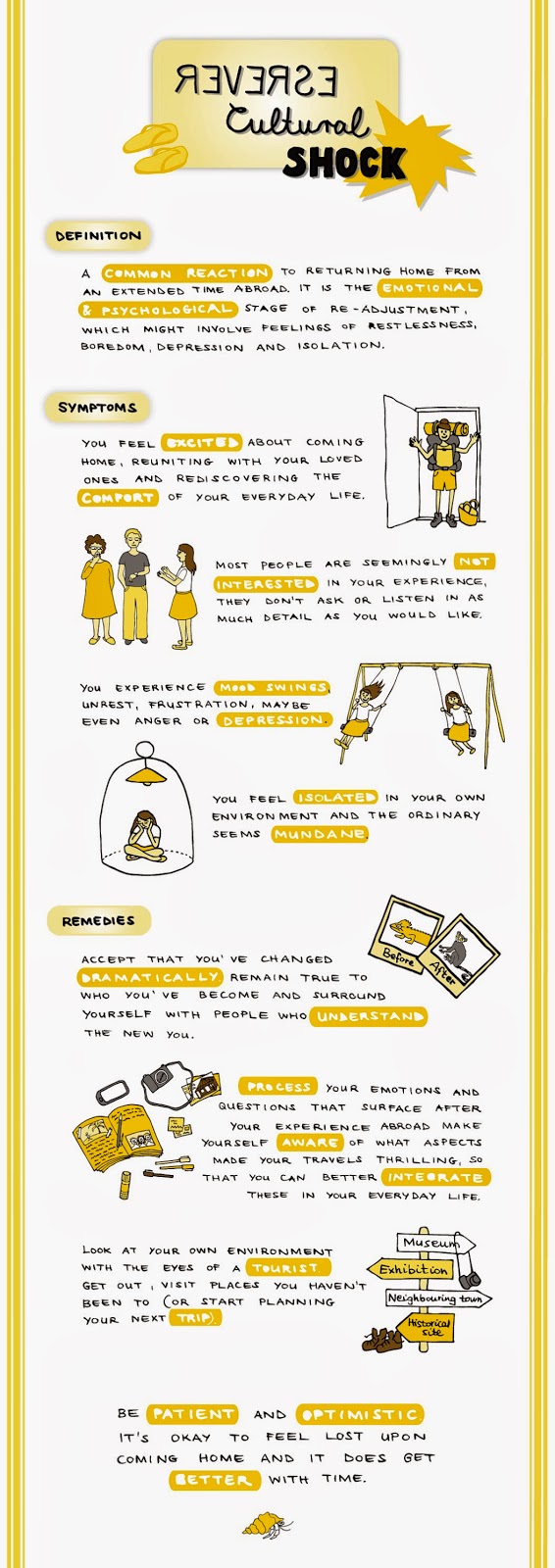I've now done the research and learned that many people face a difficult period upon coming home from an extended time spent abroad. You go through a whole adventure, your adrenaline level is sky-rocketing, you have the impression of living a once in a lifetime experience and then BANG! you are back in your old life, in the old environment, with the same old people and it can seem painfully boring...
I suffered from such feelings for a long time- I was feeling gloomy, I cried a lot as if I had to mourn the end of the adventure and emotionally prepare for a new life. On top of this psychological transition, I had to face the fact that I was unemployed and nothing seemed worthwhile enough to start (other than returning to Andava, where I felt so great and part of the team from the first moment).
Im a rather sensitive person, which has good sides and bad sides to it. In this particular case, my sensitivity allowed me to have an incredibly intense experience in Madagascar, but it also resulted in total lethargy upon coming home. It took weeks of writing my journal, reading about this phenomenon, talking to people who've had similar experiences and taking one step at a time. This might seem extreme to an outsider, but it felt very challenging and the sensation of being totally lost in my own life was an unfamiliar experience.
Things that helped me through this phase were:
- an understanding partner, who has had a similar experience and could relate to what I was going through
- facing my feelings and talking about them
- accepting that this is a difficult phase but it will pass
- reading
- engaging in activities that allowed my brain to switch off
I prepared the infographic above/below based on the articles I found online about the 'Reverse Cultural Shock'. Drawing about this transition time was also a way of digesting it and coming to terms with it.
On the positive note, going so far away from my life and then experiencing the shock of returning allowed me to see things from a completely new perspective. The new perspective then became a big wave of change, resulting in massive sorting at home, starting new activities, making new plans, and opening up new horizons.
Overall, I still think that this was a very exciting and worthwhile experience, with all its ups and downs.
Useful reading on this topic (which also served as my sources for this infographic):
- GiveLiveExplore: Thoughts On Coming Home (Part 2): Reverse Culture Shock
- Y Travel Blog: Dealing with reverse culture shock
- Bemused Backpacker: How To Deal With Reverse Culture Shock After Your Gap Year































